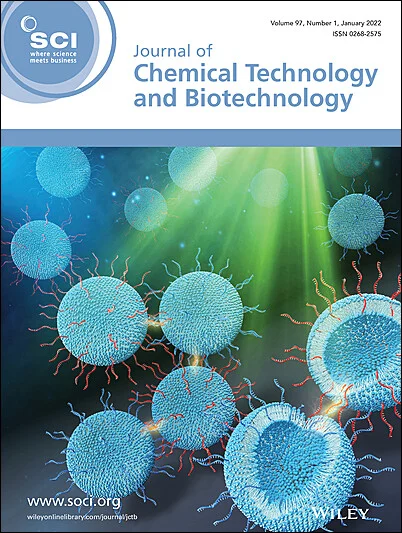Comparison of enzymatic degradation of tetracycline hydrochloride by laccases from different sources
Abstract
BACKGROUND
Enzymatic degradation has been recognized as an efficient and environmentally-friendly method for pollutant removal, and has attracted increasing attention. Here, the catalytic removal of tetracycline hydrochloride (TC·HCl) from water using two different sources of laccase (EC 1.10.3.2), Rhus vernicifera laccase (LRv) and Aspergillus oryzae laccase (LAo), is comparatively evaluated for the first time, and the role of ABTS as a mediator is studied.
RESULTS
In the presence of ABTS, the laccases can effectively remove TC·HCl and its antibiotic activity in weakly acidic environments (pH 4.0–6.0). The efficiency of TC·HCl degradation in the LAo-ABTS system was much higher than that in the LRv-ABTS system. When the concentrations of laccase, TC·HCl and ABTS were 60, 20 and 15 mg L−1, respectively, the former degraded 71.3% of TC·HCl at 20 °C and pH 4.0 in 5 h, whereas the latter only degraded 35.1% of TC·HCl. At a molar ratio of ABTS to TC·HCl of 2, LAo completely degraded TC·HCl within 3 h. However, ABTS was consumed in the LAo system and not in the LRv system. In the LAo-ABTS system, LAo concentration, pH value and visible light irradiation significantly affected TC·HCl degradation whereas they only had a slight effect in the LRv-ABTS system. Additionally, the degradation pathways of TC·HCl are more complex in the LAo-ABTS system.
CONCLUSION
This study indicates that there are significant differences in the mechanisms and influencing factors of two different sources of laccase for removing antibiotics from water, which helps to promote the application of laccase in environmental bioremediation. © 2025 Society of Chemical Industry (SCI).




 求助内容:
求助内容: 应助结果提醒方式:
应助结果提醒方式:


